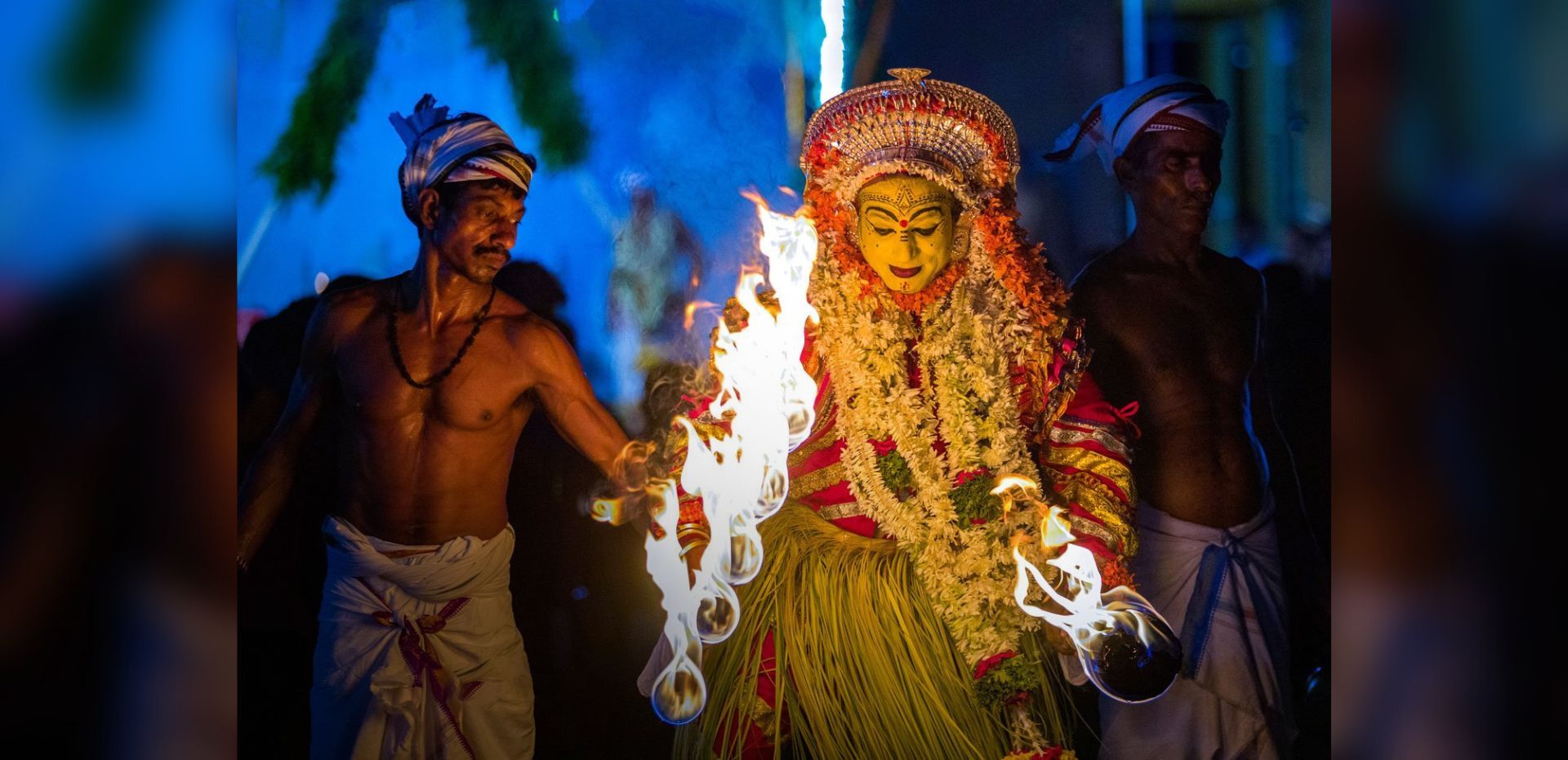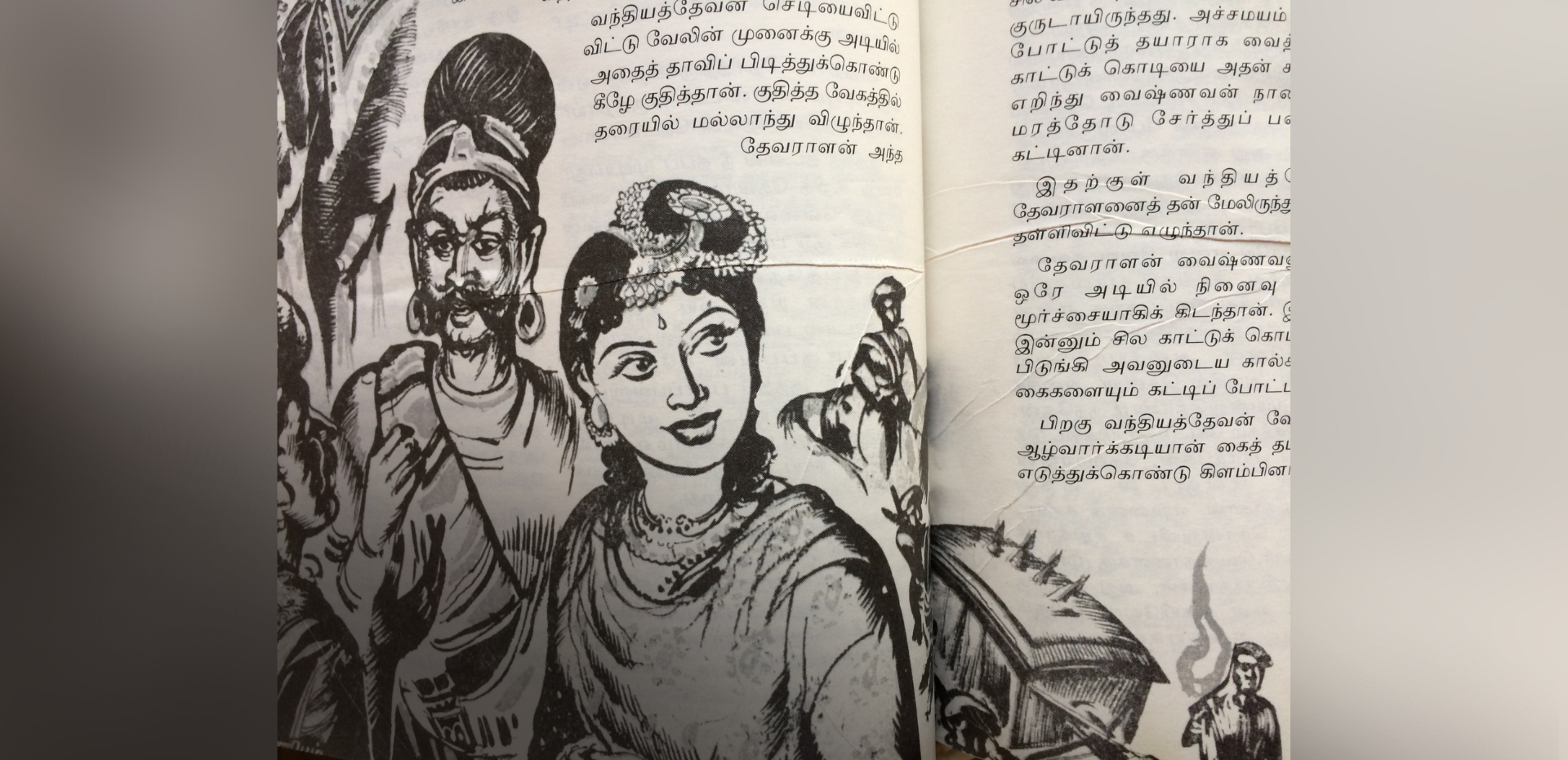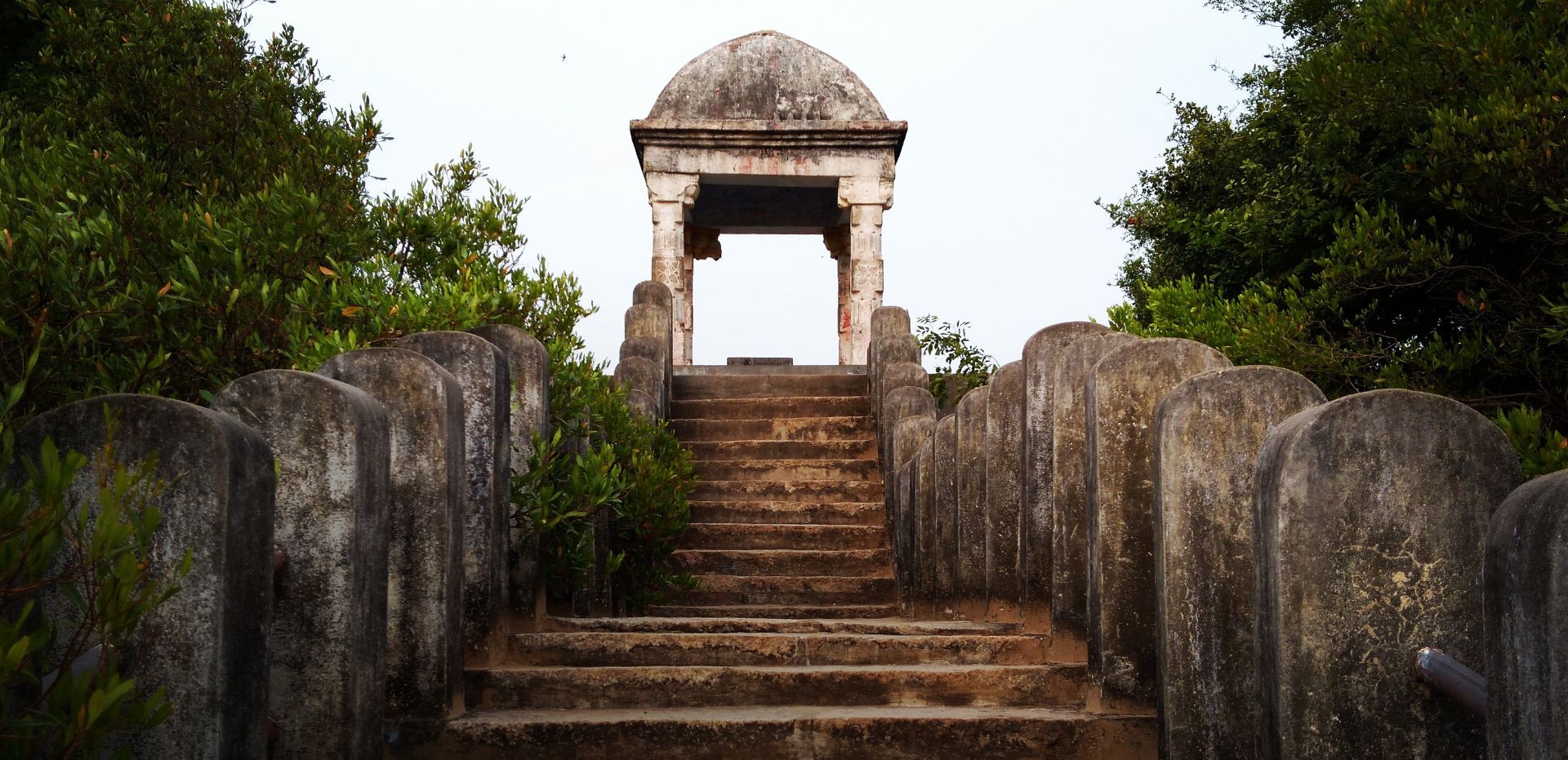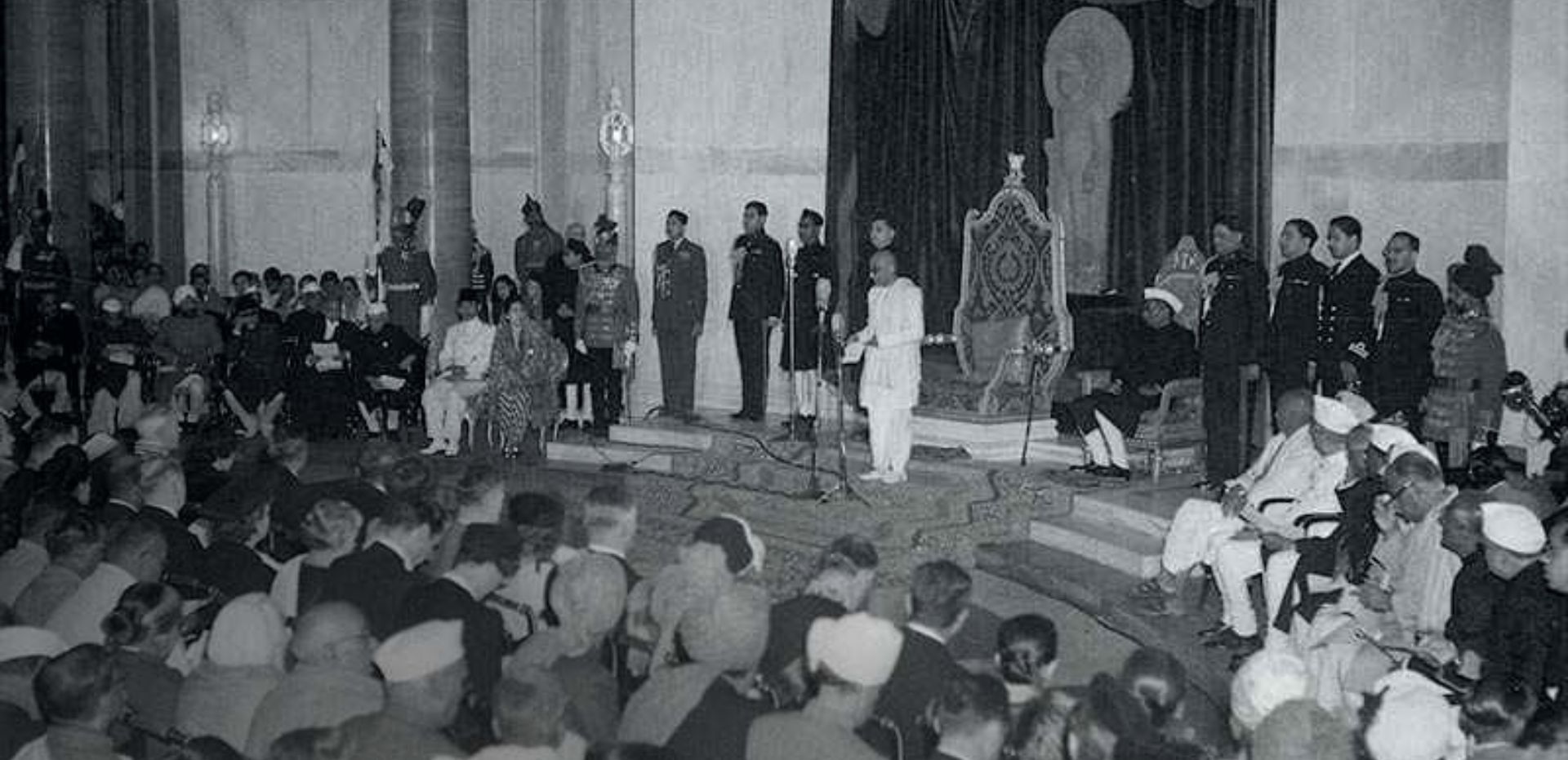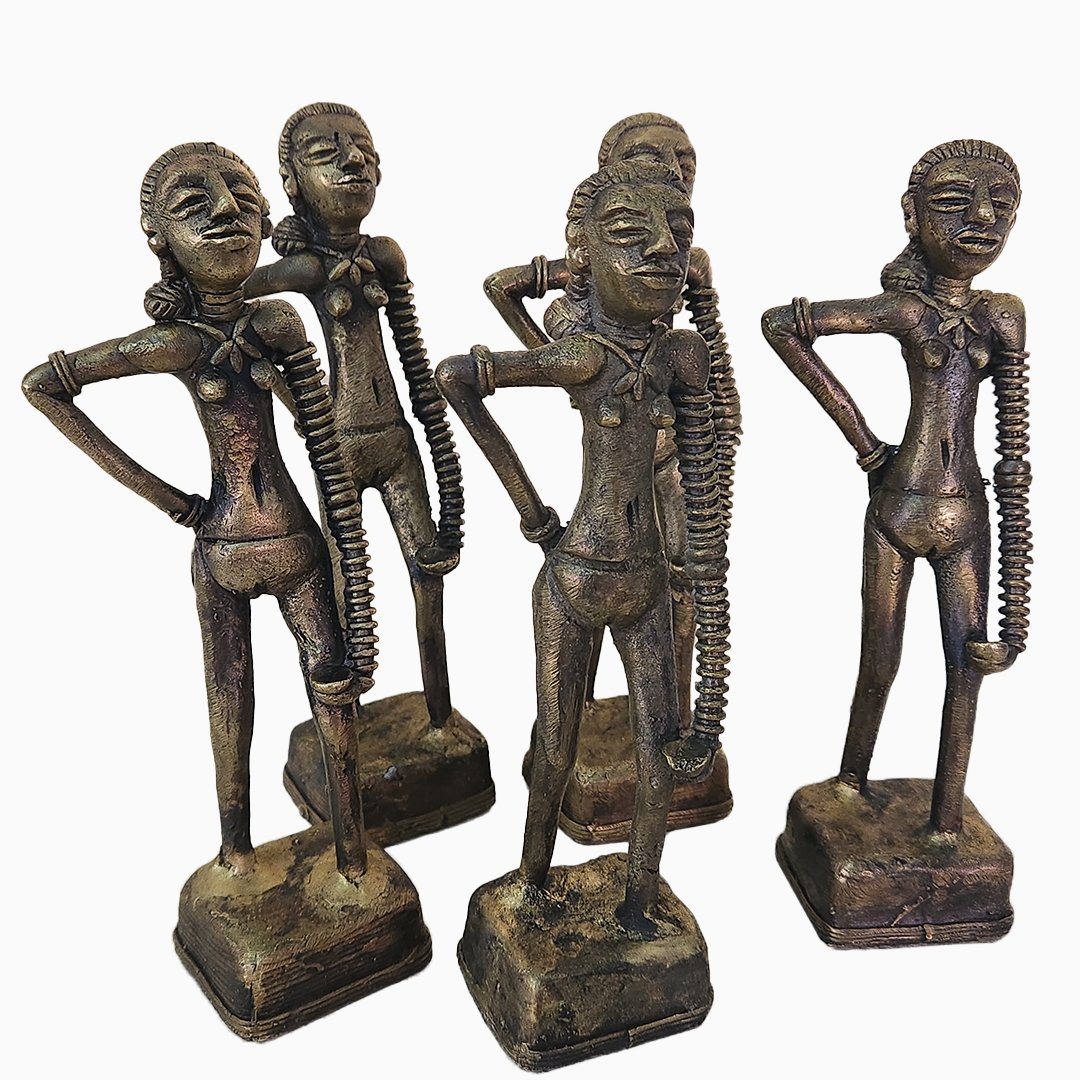The Attack of the Hunas (4th - 6th century CE)
BOOKMARK
Crossing the Pir Panjal Pass near Srinagar, just beyond the old village of Aliabad Sarai, there’s a precipitous cliff locally known as ‘Hastivanj’ or ‘Hasti Watar’, which roughly translates to ‘the place where the elephants died’ in Sanskrit and Persian, respectively. While visitors may be surprised to find a reference to elephants so high up in Kashmir’s mountains, the story of this cliff and the elephants who died here goes back over 1,500 years. Now shrouded in legend, this is a dark tale of brutality, referred to not just in 12th century CE Kashmiri historian Pandit Kalhana’s text Rajatarangini but also Abul Fazl’s Ain-i-Akbari written in the 16th century CE.
The story goes that there was once a King who was crossing the Pir Panjal pass with his mighty army. One day, he heard the terrifying cry of an elephant who had fallen off the cliff here. The cruel King loved the sound of the screeching elephant in the throes of death so much that he is said to have ordered a hundred elephants to be pushed off this cliff.
The King in this story was the Huna ruler Mihirakula (515 – 540 CE). In a fitting description in the Rajatarangini, Kalhana provides a vivid take on Mihirakula, describing him as “another God of Death and rival to Yama”. He writes how people knew when he was approaching “by noticing the vultures, crows and other birds which were flying ahead, eager to feed on those who were being slain by his armies”.
While the story may have been embellished over the centuries, it reflects the fear that the Hunas once struck in the hearts of men as they led raids deep into the Indian subcontinent. They were so powerful and so dreaded that there are inscriptions scattered across Central India in praise of the kings who managed to push them back.
Like the waves of invaders from Central Asia, such as the Kushanas and the Shakas, the Hunas began making their way into the subcontinent between the 2nd and the 6th centuries CE. During the same period, the Huns, under Attila the Hun, had invaded Europe, destroying all that they found.
By the 6th century CE, during the declining years of the Gupta Empire, the Hunas had managed to drive deep into India, controlling a vast empire and leaving a mark, from Bamiyan (in Afghanistan) in the North, to Sanjeli in present-day Godhra district of Gujarat in the South.
They were not only fearsome, these strange looking fighters with artificially deformed, elongated skulls inspired awe as well. Such was their formidable reputation, that from Varanasi in the East to Gujarat in the West, Indian kings prided themselves on recording their victories over the terrifying Hunas.
The Origins of the Hunas
‘Huna’ is undoubtedly the Sanskritised form of the Western term ‘Hun’. But the Hun people comprised a great variety of racial types, with prominent ethnic differences and can be identified as numerous distinctive hordes. The Xiongnu of China, the Hyon of Persia, the Huns of Europe, the Hephthalites or Chionites of Persia, the Xun and the Hwn of Central Asia, and the ‘Ion’ of Armenia were all known as ‘Huns’, even though they differed considerably from each other.
The story of the Huna invasions is a part of the battle for control in Central Asia that had an impact on India for 400-500 years.
The Steppes of Central Asia were known to be home to numerous nomadic tribes, whom the Chinese referred to as ‘Barbarians’. The competition for scarce resources and grazing lands meant that each of these nomadic tribes were pushed by their rivals, first into the Tarim Basin (in Eastern China), then Gandhara and then into India; in turn, the rival tribe too would be pushed down this same path. This (Steppes – Tarim Basin - Gandhara - India) sort of ‘musical chairs’ for control determined the path taken by the Shakas (Indo-Scythians), the Kushanas and then the Hunas, from the 1st century BCE to the 6th century CE.
Hunas in Ancient Indian Literature
The Hunas, who invaded India between the 4th and 6th centuries CE, are broadly divided into the Kidarites, Hepthalites, Alchon and Nezak Huns. Interestingly, even ancient Indian texts make a distinction between different categories of Hunas, describing them as ‘Sveta Hunas’ or ‘Hala Hunas’. We find an example of this in 6th century Indian astrologer Varahamihira’s encyclopaedic text Brihat Samhita.
While commenting on the influence of the comets in Brihat Samhita, Varahamihira refers to the ‘Sveta Hunas’, who, he says, will be unhappy if the tails of the comets are crossed by a fall of the meteors. Later, while describing the “countries of the Earth, beginning from the centre of Bharatavarsa and going round', he refers to the ‘Hara Hunas’ in north India.
We also find a reference to the Hara Hunas in the Indian epic the Mahabharata, when Duryodhana returning from the Pandavas’ capital Indraprastha, talks of the Hara Hunas and other tribal people waiting at Yudhishthira’s door and being denied permission to enter. Renowned Sanskrit poet Kalidasa, in his Raghuvamsa, a tale of the ancestors of Lord Ram, talks of the conquest of the Huna Kingdom on the banks of river ‘Vanksu’ (Oxus) by King Raghu (the ancestor of Ram). Interestingly, the region of Gandhara was conquered by the White Huns or the H ...








